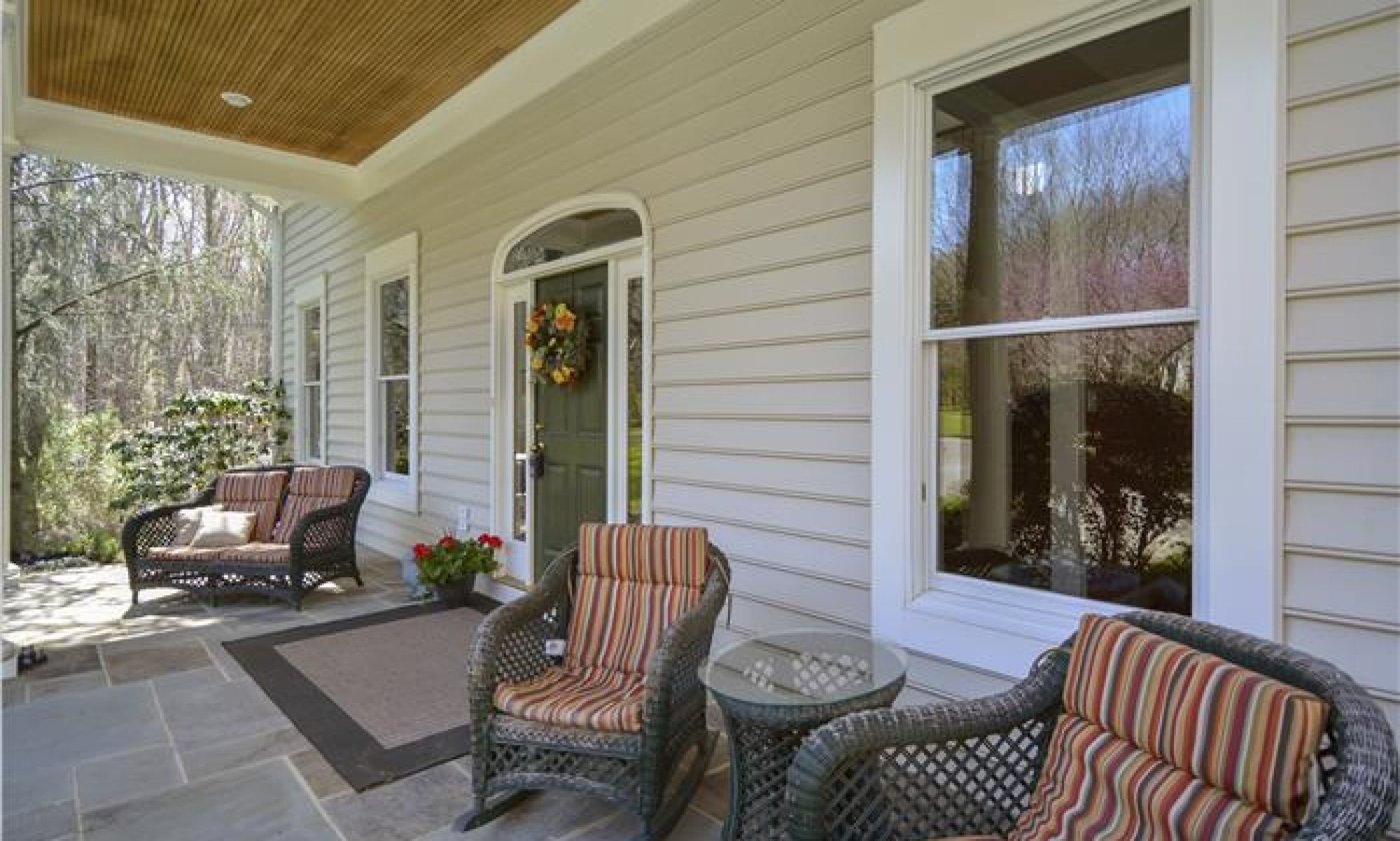by Dan Krell
Google+
DanKrell.com
© 2013
Move-up home buyers missing from housing recovery; when will move-up home buyers return to the housing market?
 I recently came across an interesting article about “move-up” home buyers online titled, “Move-up Buyer Provides The Base For A Recovering Housing Market.” The piece, published by the Chicago Tribune, is not unlike the many articles you might find today about the missing move-up buyer in the housing recovery. However, this article is different – it was published August 17, 1985 (article can be found here: articles.chicagotribune.com/1985-08-17/news/8502240441_1_interest-rates-trade-up-market-home-resale-market).
I recently came across an interesting article about “move-up” home buyers online titled, “Move-up Buyer Provides The Base For A Recovering Housing Market.” The piece, published by the Chicago Tribune, is not unlike the many articles you might find today about the missing move-up buyer in the housing recovery. However, this article is different – it was published August 17, 1985 (article can be found here: articles.chicagotribune.com/1985-08-17/news/8502240441_1_interest-rates-trade-up-market-home-resale-market).
The striking similarities between the current housing recovery and a real estate market that was recovering from one of the deepest modern recessions up to that time (during the early 1980’s), includes home buyer behavior and economic concerns. And of course, the affected move-up buyer sector and the dearth of inventory appear to be familiar.
Home buyer behavior doesn’t have seemed to have changed much as many would-be home buyers are trying to time their purchase with the market bottom. At that time, like today, interest rate pressures are helped home buyers decide to jump into the market; additionally, then like today a significant number of buyers were first time home buyers. Downward pressure on mortgage interest rates, combined with the fear of rising rates affected home buyers to get off of the fence. However, peek mortgage interest rates averaged about 15% in the early 1980’s.
Another similarity between both periods is the missing move-up market. The typical move-up home buyer is sometimes described as a home owner who decides they need more space, which results in the sale of their smaller home and the purchase of a larger home. Then like today, the move- up home buyer was the missing piece to the housing recovery; the move-up home buyer provides much of the housing inventory that first time home buyers seek. However, it seems as if a “psychological barrier” (as described by the Chicago Tribune piece) holds back many move-up buyers today as it did in 1985. During the current housing recovery, many potential move-up buyers have remained in their homes.
Like other housing recoveries, one of the main issues holding back the move-up buyer is housing appreciation. During an early recovery, home owners may have a difficult time rationalizing buying a larger more expensive home when the new home could depreciate the first year of ownership, let alone the thought of a perceived loss of equity in their current home.
As home prices stabilize it would be reasonable to think that there will be an increased presence of the move-up home buyer. A good example of this was in the housing recovery that took place during 2003-2004. At that time, low mortgage interest rates helped first time home buyers back to the marketplace, and the move-up buyer sector took off relatively quickly when rapid home appreciation was realized. Of course rapid home appreciation was a function of “easy money” that generated real estate speculation that produced the “go-go market” of 2005-2006, the housing bubble, and the subsequent financial/housing crises.
The similarities of a post recession housing recovery might indicate there is currently progress. However, the move-up home buyer sector may be one of the final pieces to the recovery puzzle; and until the move-up home buyer presence is felt in the marketplace, we may yet to endure a few more years of “recovery.”
More news and articles on “the Blog”
![]()
This article is not intended to provide nor should it be relied upon for legal and financial advice. This article was originally published the week of April 1, 2013. Using this article without permission is a violation of copyright laws. Copyright © 2013 Dan Krell.




